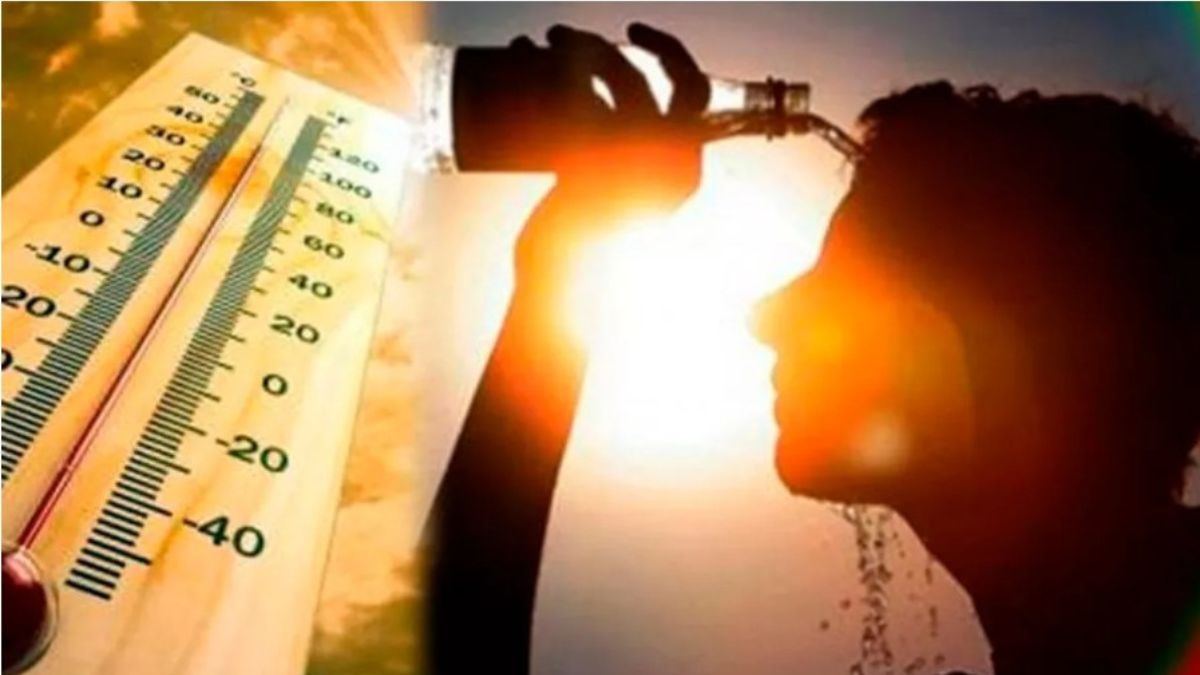
Offering little relief to those suffering from an intense and scorching summer across northern India, the India Meteorological Department (IMD) on Tuesday forecasted continued heatwave to severe heatwave conditions in parts of Rajasthan, Punjab, Haryana-Chandigarh-Delhi, and West Uttar Pradesh. The IMD issued a ‘red alert’ for these regions over the next five days.
The department indicated that maximum daytime temperatures in several districts of these states could exceed 47°C.
Senior IMD scientist Naresh Kumar told ANI on Tuesday, “Temperatures are currently above normal across North West India, and we had issued a red alert for the region over the past 2-3 days. For a state-wise forecast, we have issued a red alert in Rajasthan for the next five days. The maximum temperature is likely to inch further up from 45°C and settle at 47°C.”
“In Punjab and Haryana, maximum temperatures have seen a slight drop due to a prevailing western disturbance but will gradually increase by 2 to 3 degrees. We have already issued a ‘red alert’ for these two states. In neighboring Uttar Pradesh, we have issued a red alert for the next five days and an orange alert for northern parts of Madhya Pradesh,” Kumar added.
Meanwhile, southern regions may see some relief, as Kumar noted that heavy to very heavy rains, up to 12 cm, are expected in Tamil Nadu and Kerala over the next 2-3 days.
With the IMD’s ‘red alert’ for the national capital and other parts of North India, health experts advised against going outdoors, particularly between 11 am and 4 pm, to avoid health risks.
Dr. Neeraj Nishchal, a professor at the Department of Medicine in AIIMS, Delhi, mentioned that the health issues due to rising temperatures could range from rashes and heat exhaustion to dehydration and heat strokes. He warned that heatwave conditions can also cause physiological strain, which can be fatal.
To minimize the impact of the heatwave and prevent serious health issues, doctors have recommended avoiding outdoor activities as much as possible, especially between noon and 3 pm; staying hydrated by drinking fluids frequently, even if not thirsty; and wearing lightweight, light-colored, loose, and porous cotton clothing.















